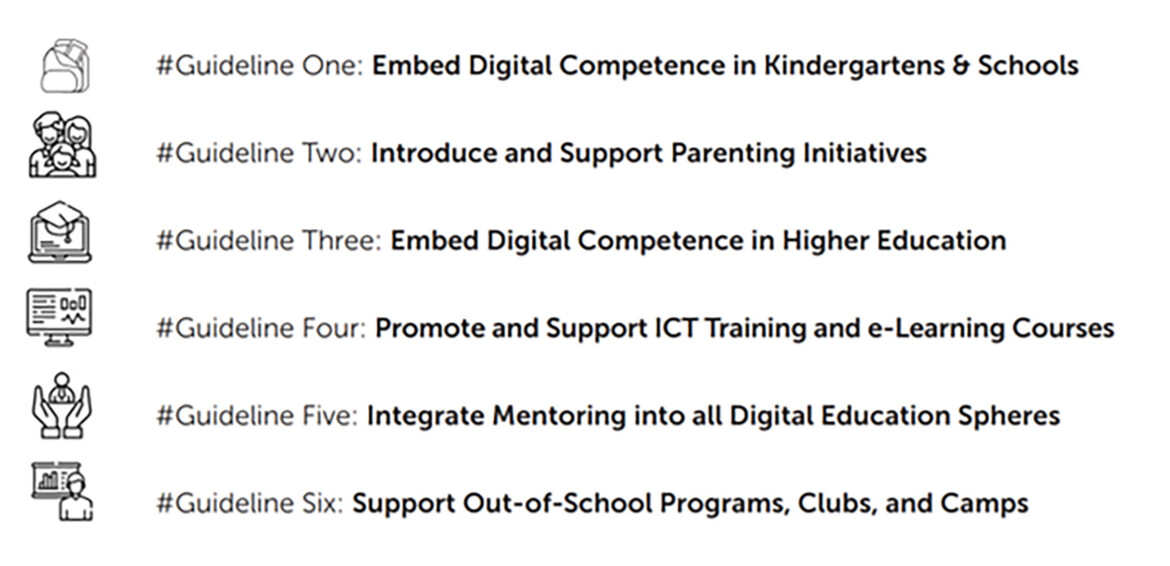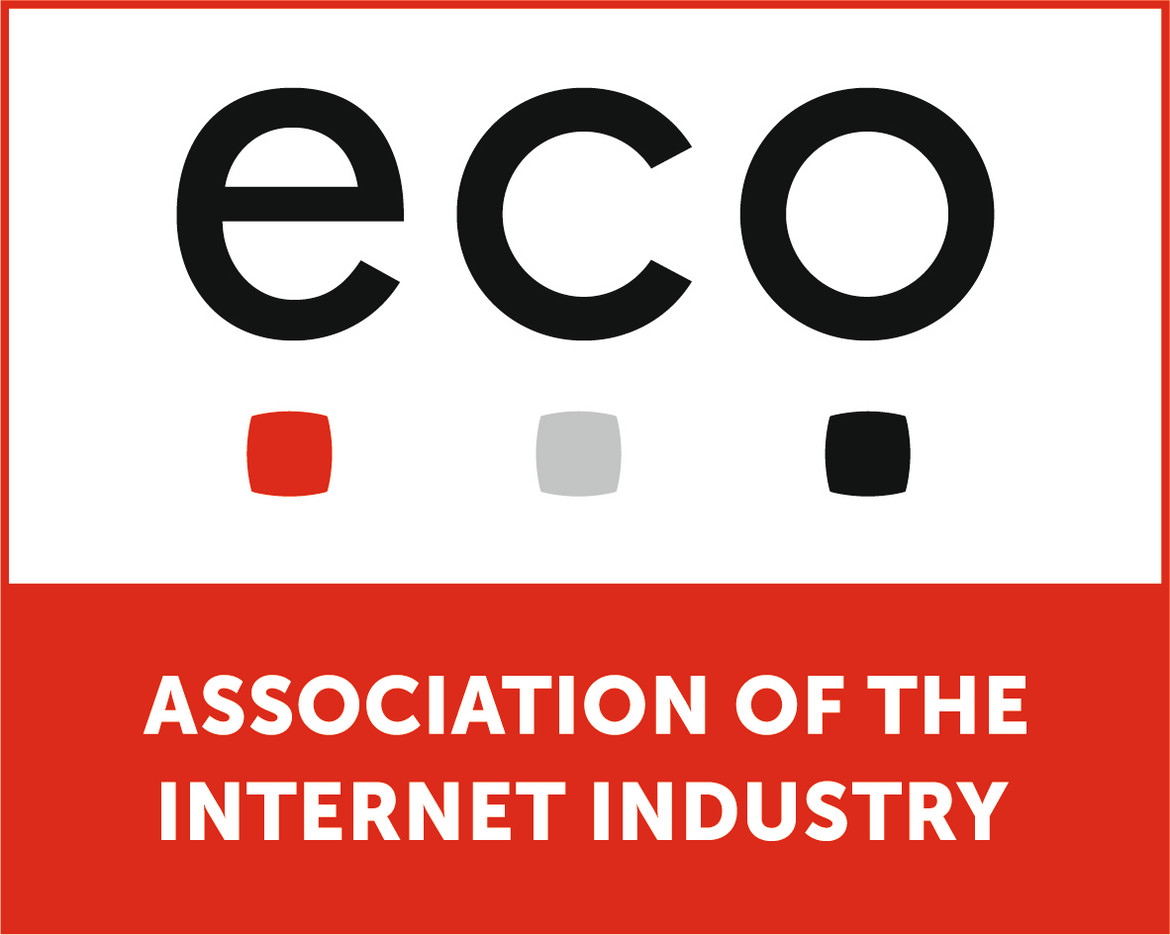Time to Shift the Dial for Women in Tech
What can be the make or break for an IT or tech company? Diversity, as spelt out by Eilín Geraghty & Lars Steffen from the eco Association.

© wildpixel | istockphoto.com
What can be the make or break for an IT or tech company? In a nutshell: Diversity. Decades of research findings have repeatedly shown how a diverse culture leads to far better problem-solving and innovation – and with today’s surge of societal and economic challenges, these advantages are becoming even more potent.
So, if you’re part of an IT or tech company, how does diversity look for you? For diversity to blossom, you’ll know that gender equality must be at the heart of your company’s culture. If your company therefore has an equal number of women and men employed as tech specialists, then it’s likely to have diversity “in the bag”. However, in the world of today, your company is far more likely to hold its hands up and acknowledge that it is far from reaching the 50:50 “holy grail” of gender balance. Because it’s no secret that women are significantly underrepresented in the IT & tech industry. In the US, for example, the most recent statistics show that just over one in four (26.2 percent) professionals in tech are female, while in Europe, 2022 Eurostat figures show that the proportion of women is less than one in five (19.1 percent).

Fig. 1: Highest to Lowest % of Women in Tech in EU & UK; Source, Eurostat 2021
Looking to the future, prospects don’t appear to be much more uplifting. In 39 of the OECD member states, only 20 percent of computer science graduates are female, while in many European countries – such as France, the Netherlands and the UK – the share of such graduates is even below 15 percent. What is crucial to recognize is that the seeds of this gender imbalance are sown at an early age. Girls’ confidence starts to dip at the age of six, while, by the age of 15, a landmark OECD report records that a startling ten times more boys than girls are interested in becoming tech professionals.
There are numerous implications of this imbalance – not just for girls and women, but for the complete IT & tech industry. As stated by eco Chair of the Board Oliver Süme: “The highly innovative and robust IT & tech industry is already experiencing a glaring skills shortage with serious repercussions.” Süme goes on to stress that: “This shortage of employees with advanced digital skills is a major factor contributing to the deceleration of the digital transformation in EU Member States.”
To take just one example: in the Digital Economy and Society Index (DESI), 2021, it was revealed that 55 percent of EU companies say they have difficulty recruiting ICT professionals. The call for more women in tech is therefore becoming louder and louder.
In order to help counteract this deep-seated imbalance, this year the eco Association published a white paper entitled “Girls in Tech: A Call to Action” as a follow-on to an earlier 2020 study on Women in Tech Across the Globe: A Good Practice Guide for Companies. The 2022 white paper is founded not just on top-notch research studies, but also on insights from 15 role models from IT & tech companies and associations in Europe, the US, and Africa. As core players in the world’s economy and society, such companies know just how important it is to gain, share, and act on insights concerning the gender imbalance in the tech world.
A vicious circle that needs to be broken
The eco white paper contains multiple facets. For example, if your inherent instinct has told you that girls have as much potential as boys to become tech pros, it’s rather exhilarating to have this confirmed through recent breakthroughs in research and neuroscience. The neuroscientist Gina Rippon, for instance, puts paid to age-old myths in her 2019 book on “The Gendered Brain,” verifying that there is nothing in our biology to justify the ongoing gender gap. Likewise, as an earlier report from the OECD, ABC of Gender Equality in Education (2015) confirms, differences in performance in scientific and ICT-related fields do not stem from innate differences in aptitudes – but rather from students’ attitudes and confidence in their own capabilities.
A question at the heart of this matter therefore is: Why are so many girls and women deflected from cutting-edge tech careers? Ultimately, the gender imbalance comes down to a cycle of connected issues, ranging from stereotypes (the way girls and women should be, and therefore are) to a lack of role models, to the industry’s “bro-culture”, and right through to media & marketing culture. As Patricia Hillebrand, the International Channel Manager from RNT Rausch remarks: “Unfortunately, gender imbalance and the old boys’ clubs still exist in the year 2022. Very little has changed.”
How the IT & tech industry can act
So, how can companies themselves get to grips with what can seem to be a rather dogged situation? Luckily, in the white paper, you can gain inspiration from lots of role model companies and professionals. For example, Jutta Horstmann from eyeo provides golden tips into how to develop a corporate culture characterized by diversity. Her checklist includes having people managers trained for unbiased hiring and performance assessments, ensuring balanced recruitment pipelines, investigating and eliminating the gender-related pay gap, and investing into family-friendly working conditions. In her company, this has made a significant difference. As Horstmann states: “We’re proud that, over the last ten years, we doubled the female ratio of employees from around 20 percent to now over 44 percent.” Sabine Schaar from Equinix proceeds to provide fortified insights into the value of networking and mentoring. Drawing on developments from her company, she reports: “Ten years ago, our company launched the Equinix Women Leadership Network – a platform for women to share experiences, build leadership skills, and apply new techniques for addressing bias.”
All in all, each and every contributor to the white paper “Girls in Tech: A Call to Action” is of the view that showcasing role models is an absolute must. As Lucia Falkenberg, Chief People Officer with DE-CIX and the eco Association, reports: “Our Women in Tech are getting up on stages, they are speakers at conferences and in webinars, so that the whole world out there sees this vibrant diversity that we value so much.”
Key guidelines for policymakers and educators
Whereas companies play a central role in supporting girls in tech, they cannot go it alone. The vicious circle affecting society as a whole needs to be razed at the earliest possible stage, allowing more and more girls and women to pour into the tech field on the strength of their upbringing and digital education. In this field, six clear guidelines have been set out in the white paper for policymakers and educators.

To home in briefly on the first of these guidelines: It is not only considered to be imperative that ICT be introduced as a core subject in the formal curriculum in both primary and secondary schools, but it is also strongly recommended that technology be blended into a range of subject disciplines. In this context, Esther Kioni from the Internet Society observes: “When it comes to education, the possibility of blending technology into biology, mathematics, chemistry, or history removes any element of intimidation. A girl who loves history, or who loves home science, forgets that she’s actually dealing with technology – and, eventually, she can become a master of both.” As Kioni emphasizes, education plays a critical role in deflating stereotypes. “From what I have seen – especially for those girls who have already been stereotyped and who have been told that technology is for boys and men – when that technology is baked into what they love doing, then those fears and those stereotypes can melt away.”
Competence is not a function of gender, but rather of belief, passion, and effort. Starting in kindergarten and moving up the pipeline, girls need to be provided with concrete opportunities to discover their natural wonder around technology. With today’s acknowledgment of just how important it is to have more women in the tech field, now is the time for policymakers, educators, and the industry to act.
The complete white paper is available for download free of charge here.
Eilín Geraghty is Project Manager in the eco International team at eco - Association of the Internet Industry, and author of the eco Association study “Women in Tech Across the Globe: A Good Practice Guide for Companies”. Before joining eco in 2017, Eilín worked for over two decades as a manager, a consultant, and a lecturer - with the common thread running through her career being a focus on inclusion and equality.
Lars Steffen is Director International at eco – Association of the Internet Industry (international.eco.de), the largest Internet industry association in Europe. At eco, he coordinates all international activities of the association and takes care of the members from the domain name industry.






